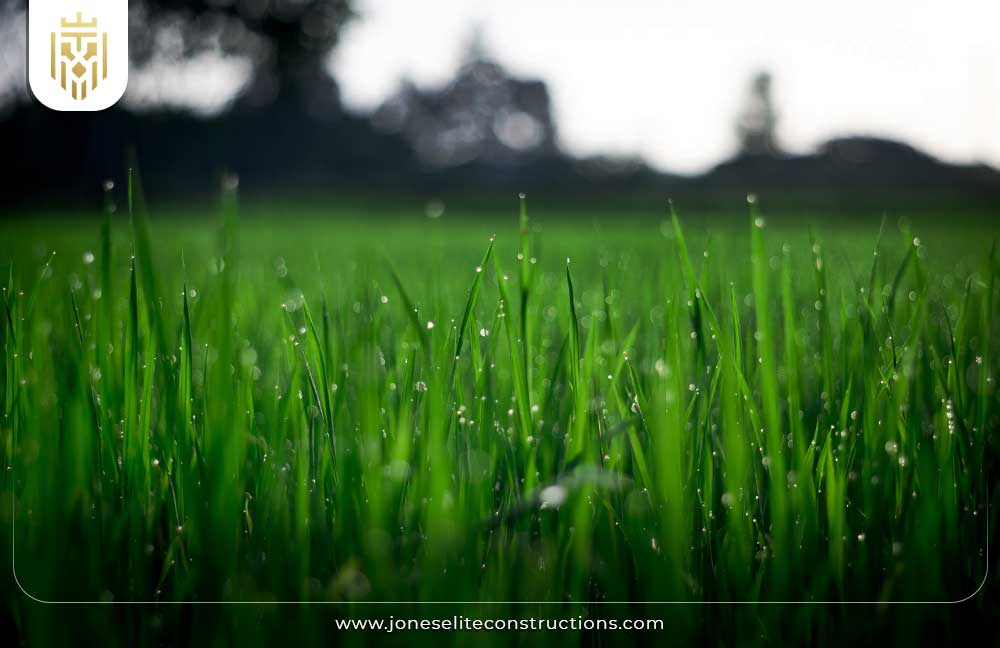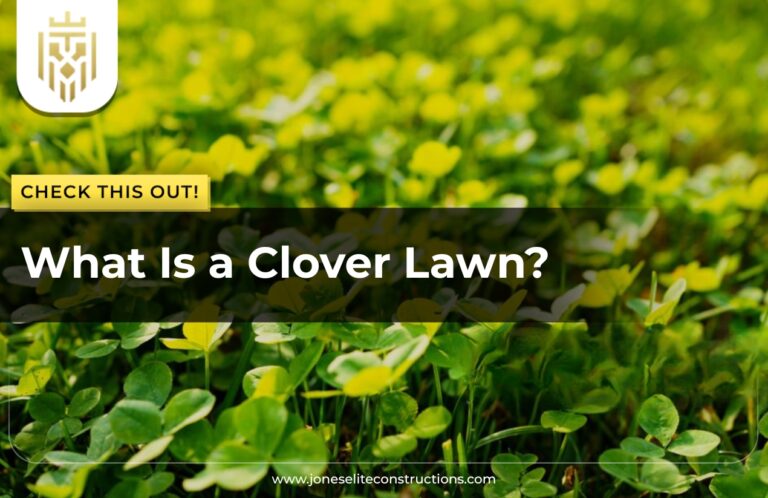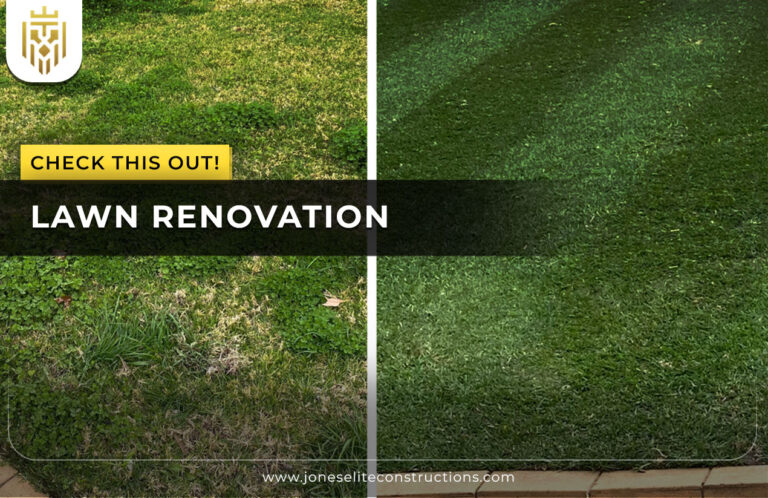Different Types of Lawn Grass
Having a lush, healthy lawn starts with choosing the right type of grass. Each variety has its own growing habits, appearance, and climate preferences. Some grasses thrive in cooler temperatures, while others prefer heat and humidity.
Not all grass is the same. Some thrive in cooler temperatures, while others grow best in hot, sunny environments. Lawn grasses are generally grouped into two categories: cool-season grasses and warm-season grasses. Each has its unique traits, advantages, and care requirements.
Cool-Season Grasses

Cool-season grasses grow best in regions with cold winters and mild summers. They usually stay green longer in the fall and bounce back quickly in early spring.
-
Kentucky Bluegrass
One of the most popular choices for the cooler climates, Kentucky Bluegrass is known for its rich color and fine texture. It spreads through underground rhizomes to develop into a dense carpet-like lawn that tends to self-repair with time.
-
Perennial Rye grass
This grass type germinates quickly and is often used for quick cover or overseeding. The fine texture and wear tolerance make it ideal for very heavy traffic areas like play zones or pathways.
-
Fine Fescue (Creeping Red, Hard, Chewings, Sheep)
Fine fescues consist of many different varieties with fine blades and a high tolerance for shade. Fine grasses are great for shade lawns and require less maintenance in comparison to other grasses.
-
Tall Fescue
Tall fescue is famous for its adaptability and will grow in many climates. It has coarse blades, deep roots, and good drought resistance, making it a suitable grass for transitional zones.
Warm-Season Grasses

Warm-season grasses grow best in southern regions with hot summers and mild winters. They typically go dormant and turn brown in cooler months but thrive during the heat.
-
Bermuda grass
Sun-adapted withstand grass-sturdiness, grows usually speedily valuable. Bermuda grass is used usually for fine residential lawns and turf playing fields. However, it does require more mowing and fertilization.
-
Zoysia grass
An outstanding slow-growing zoysiabear very drought-tolerant grass, a second feature of these grasses is that they can withstand moderate foot traffic. However, it provides the soft cushion underfoot and is ready to take the heat and humidity surprisingly well.
-
St. Augustine grass
This grass thrives well in coastal and humid areas and has very wide and flat blades. It can tolerate more shade than many other warm-season types and produces wonderfully rich lawns.
-
Centipede grass
Centipede grass is an easy-going grower, tolerates acidic soils, and prefers warmer weather. It is slow growing, does not require much mowing or fertilising, and is therefore suitable for people who prefer a low-maintenance lawn.
-
Bahia grass
Bahia grass grows well in sandy soils and in places where rainfall is limited. It becomes established quickly and requires 1 or 2 care applications. Its texture is somewhat coarse, but it will not give as rich an appearance as finer grasses.
Things You Should Consider Before Choosing Lawn Grass
Choosing the right grass type isn’t just about how it looks—it’s also about how well it fits your specific lawn conditions and lifestyle.
-
Climate
A great deal relies on how a grass type will grow on your place of residence. There are cool-season grass types for the northernmost climates and warm-season grass types for regions in the south.
-
Soil Type
Some grasses flourish under sandy soil, while others are more successful in loamy or clay-heavy areas. Soil testing will help in knowing what type of grass to buy for the lawn.
-
Sunlight Exposure
Find out how many hours of sunlight your lawn receives daily. Bermuda is an example of grass that grows well under full sun while fine fescue thrives well in shady locations.
-
Maintenance Level
A lawn is some grass that requires continuous mowing, fertilizing, and watering, while some slowly grow and need less attention. This is the factor upon which most decisions are made when it comes to lawn care.
FAQs
1) What are the most common types of lawn grass?
Among those commonly grown are Kentucky Bluegrass, Bermuda Grass, and Zoysia Grass, and Tall Fescue. These grasses are recommended for different climates and yard conditions.
2) What’s the difference between cool-season and warm-season grass?
Cold-season grasses flourish in colder climates, remaining green the longest in spring and fall, while warm-season grasses like hot temperature and flourish in summer weeks.
3) How do I choose the right type of lawn grass for my yard?
These considerations include information about your region’s climate, the amount of sunlight your lawn receives, soil type, and how much upkeep you’re willing to provide.
4) What are the different types of lawn grass?
There are cool-season grasses, such as Kentucky bluegrass and tall fescue, and warm-season grasses, such as the Bermuda and Saint Augustine grasses, which all share different characteristics and advantages.









